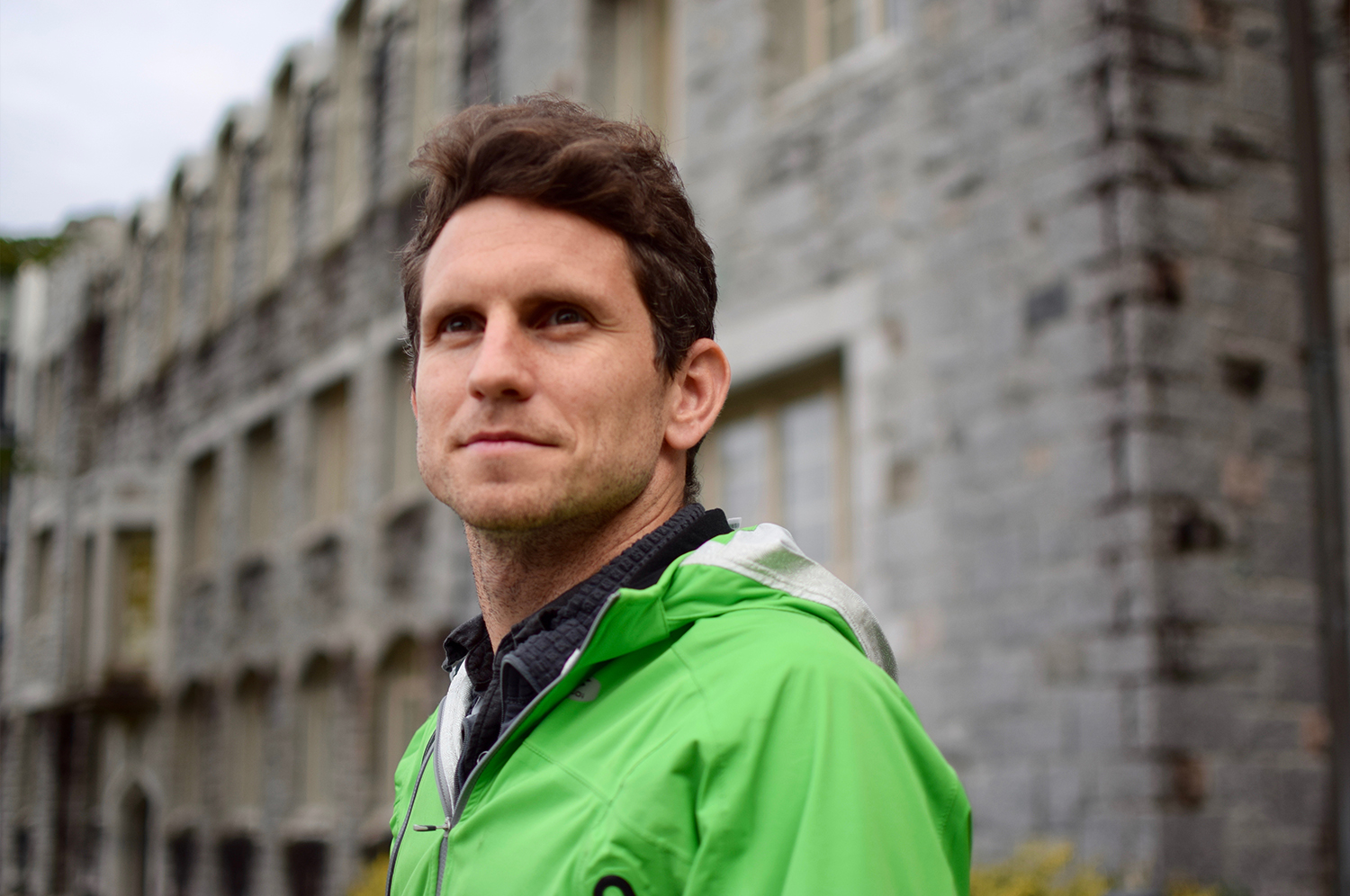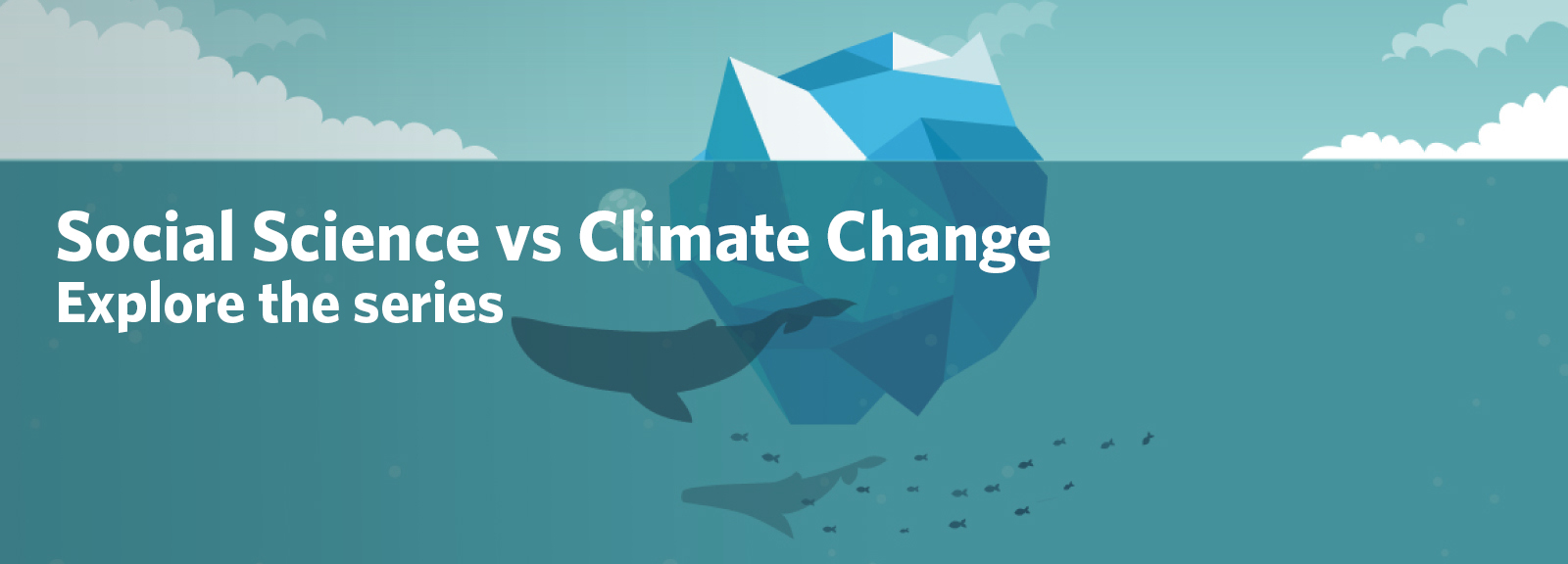

Patrick Baylis, assistant professor, Vancouver School of Economics
Environmental economist Patrick Baylis analyzes the economic impacts of climate change.
How will the economy and society adapt to a warmer, more variable world? What can governments do to put a price on the true cost of pollution and assign a value to natural resources like forests and biodiversity? These are questions driving Patrick Baylis’ work. An environmental economist at the Vancouver School of Economics, Baylis has dedicated his career to uncovering the economic costs of climate change.
And to better understand the impact that climate change is having on society, Baylis has worked on a series of studies harnessing massive amounts of demographic and social media data. Together, these studies paint a fascinating and troubling picture of how humankind is responding to global warming.
The Link Between Extreme Weather and Wellbeing
In a 2018 study, Baylis and his colleagues analyzed the link between extreme weather and human well‑being through the lens of 3.5 billion Facebook and Twitter posts shared between 2009 and 2016. Using sentiment analysis tools, they counted the number of positive and negative words contained in each post, then compared this to meteorological data from each location. They found that negative sentiment increased significantly during extreme weather (weather that was too hot, cold, wet, or humid).
It was the biggest ever study quantifying the link between bad weather and emotional state, and it prompted another question: Will people simply get used to more challenging weather patterns and adjust their happiness?
To understand this, Baylis and colleagues followed up with a 2019 study that analyzed more than 2 billion geolocated tweets between 2014 and 2016. This time, they wanted to know if people would continue to notice extreme weather after repeated exposure, as well as if it continued to impact their moods.
They found that the likelihood of remarking on extreme weather declined rapidly if people had already experienced similar temperatures in recent years, even if that weather was extreme in the context of a larger time frame (they compared it to a baseline of the 1981‑1990 average temperatures for those areas). Their findings suggest that people had normalized extreme weather in as little as two years.
Significantly, even though people were no longer remarking on the weather after repeated exposure to historically unusual temperatures, they were still expressing negative sentiments. They had stopped talking about the bad weather, but it was still making them unhappy.
This is concerning for two reasons. If people stop registering extreme weather as extreme, they may underestimate the impact of climate change and be less likely to support climate change solutions. (Baylis and his team noted this was a classic case of the boiling frog metaphor.) Secondly, even though people are not necessarily attributing their negative feelings to extreme weather, they’re still worse off.
Higher Temperatures Increase Suicide Rates
This decline in well‑being was dramatically underscored in a third study co‑authored by Baylis that indicated a rise in suicides due to global warming. Using comprehensive data from multiple decades, Baylis and coauthors found that when the average monthly temperature increased by 1 degree Celsius, the suicide rate rose by 0.7 per cent in the US and by 2.1 per cent in Mexico. Those margins are comparable to the estimated increase in suicide rates linked to economic recessions, and to the decrease in rates attributed to suicide prevention programs and gun restriction laws.
Additionally, the effect had not diminished over time, suggesting limited human adaptation to hotter weather. The authors predicted that the rise in suicides would only increase in a rapidly warming world, with as many as 40,000 additional suicides by 2050 in the United States and Mexico. “This is another really tragic cost of climate change,” says Baylis.
His current work tries to measure how people are incentivized to make climate‑friendly decisions. Specifically, he is looking at how government‑funded fire suppression in the US implicitly subsidizes construction in remote, less‑dense areas with high fire risk. If people choose to build their homes in areas with a high fire risk, should they pay more to offset the cost of public‑funded fire suppression? If there is no additional cost, they are essentially getting an implicit subsidy to live there, Baylis says. He wants to calculate the value of that implicit subsidy.
“This is important because climate change is already contributing to increasingly dangerous and costly fire seasons,” he says. “A better understanding of how these public expenditures change homeowner incentives will help us better mitigate these impacts.”
Why is climate change an area you’ve devoted your career to?
Patrick Baylis: “I think it’s because environmental economics gets at two big fascinations of mine: how people make decisions in the face of scarcity (that’s the economics part) and how we value our public resources like good air quality, healthy ecosystems, and access to the outdoors (those are the environmental parts).”
What’s the one thing you’d like people to take away from your work?
Patrick Baylis: “One concept that I hope students who take my class walk away with is that pricing externalities [e.g. putting a price on pollution] is complicated and difficult but also incredibly important. We’re not precisely certain what the exact social cost of carbon is (and we may never be), but at this point it’s very clear that it’s substantially greater than zero. As Canadian residents, we are lucky to live in one of the few countries in the world with a price on carbon emissions – as global citizens, we should be interested in the whole world moving in that direction.”



